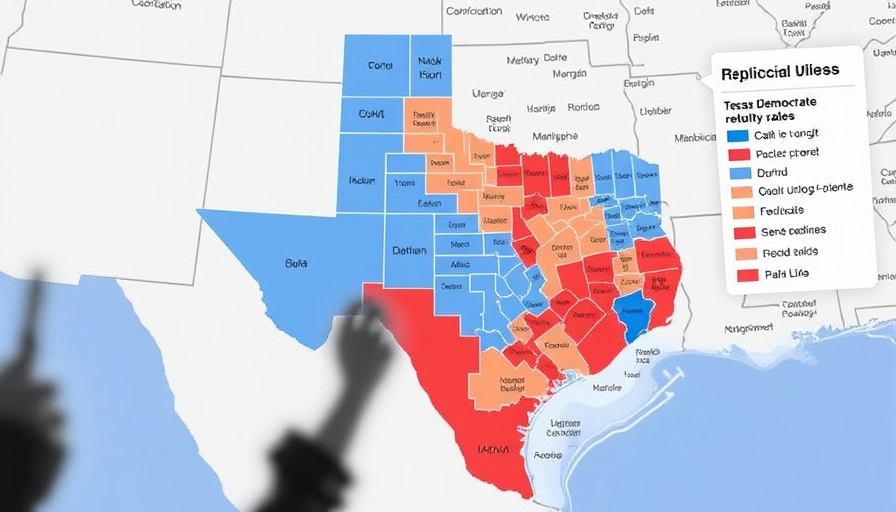
Rising Threat: Laser Strikes on Aircraft
In a small yet serious oversight, individuals have been pointing lasers at aircraft, leading to a troubling increase in reported incidents across the United States. The Federal Aviation Administration (FAA) recently revealed staggering statistics, noting that nearly 13,000 laser strikes were documented nationwide in 2024, slightly down from 2023, but still alarmingly high.
The Numbers Don't Lie: A Call for Action
As highlighted by FAA safety expert Kevin Morris, incidents of laser strikes can pose a serious safety hazard. “It creates a serious safety hazard that puts everyone on the plane and those on the ground below at risk,” he stated. Although a reduction in numbers shows that awareness campaigns might be making a difference, it is evident that more education is needed. In 2024, California led the nation with the most incidents at 1,489 laser strikes, followed closely by Texas with 1,463. As of early 2025, Texas has recorded 168 incidents, half occurring during peak evening hours from 7 p.m. to 9 p.m.
Local Context: North Texas Incidents
In North Texas, while DFW Airport has fortunately reported no laser incidents thus far this year, Love Field has encountered six reports of green lights being directed at aircraft. This indicates that while awareness is improving, the potential for serious incidents remains. With around 50 laser incidents reported in just two months of 2025, the FAA’s collaboration with law enforcement underscores the seriousness of the situation. Federal prison time and substantial fines await those caught aiming lasers at aircraft, demonstrating that the law does not take this lightly.
Understanding the Why: Reasons Behind Laser Pointing
Kevin Morris elaborated on the motives behind why some people direct lasers at planes. He noted that the reasons can vary significantly, ranging from sheer ignorance of the dangers to deliberate actions intended to distract or harm pilots. Understanding these motives is crucial for developing effective safety awareness programs.
Public Awareness: An Ongoing Challenge
The FAA clearly sees the need for continued education, emphasizing the importance of public awareness campaigns that clarify the risks and consequences associated with laser pointing. Communities can contribute to safety by sharing information and ensuring that laser pointers are used responsibly. Educational flyers, community events, and school programs are excellent ways to reach a wider audience.
The Emotional Cost of Laser Strikes
While quantitative statistics and law enforcement measures are vital, the emotional impact on pilots who experience laser strikes is also considerable. A moment of distraction or disorientation can shake a pilot’s confidence and potentially lead to catastrophic events. For the families of passengers onboard, the implications of reckless behavior are grave. Protecting the skies should become a community effort.
Future Predictions: What Lies Ahead?
As laser technology continues to advance, it is essential to keep the public informed about the risks associated with such devices. Stricter regulations may be necessary as laser devices become cheaper and more accessible. Experts predict that without proactive measures, incidents may rise again, and we may see tragic consequences stemming from uneducated individuals mishandling these tools.
Conclusion: Informed Decisions for Safety
The FAA’s alarming statistics regarding the increasing number of laser strikes on aircraft highlight a dangerous trend that demands immediate action from both regulators and the public. By fostering greater awareness and responsibility surrounding laser use, we can protect both aviation safety and the lives of all involved. As community members and air-travelers, it is our duty to share information and take responsible actions—potentially preventing accidents in the air.
 Add Row
Add Row  Add
Add 




Write A Comment